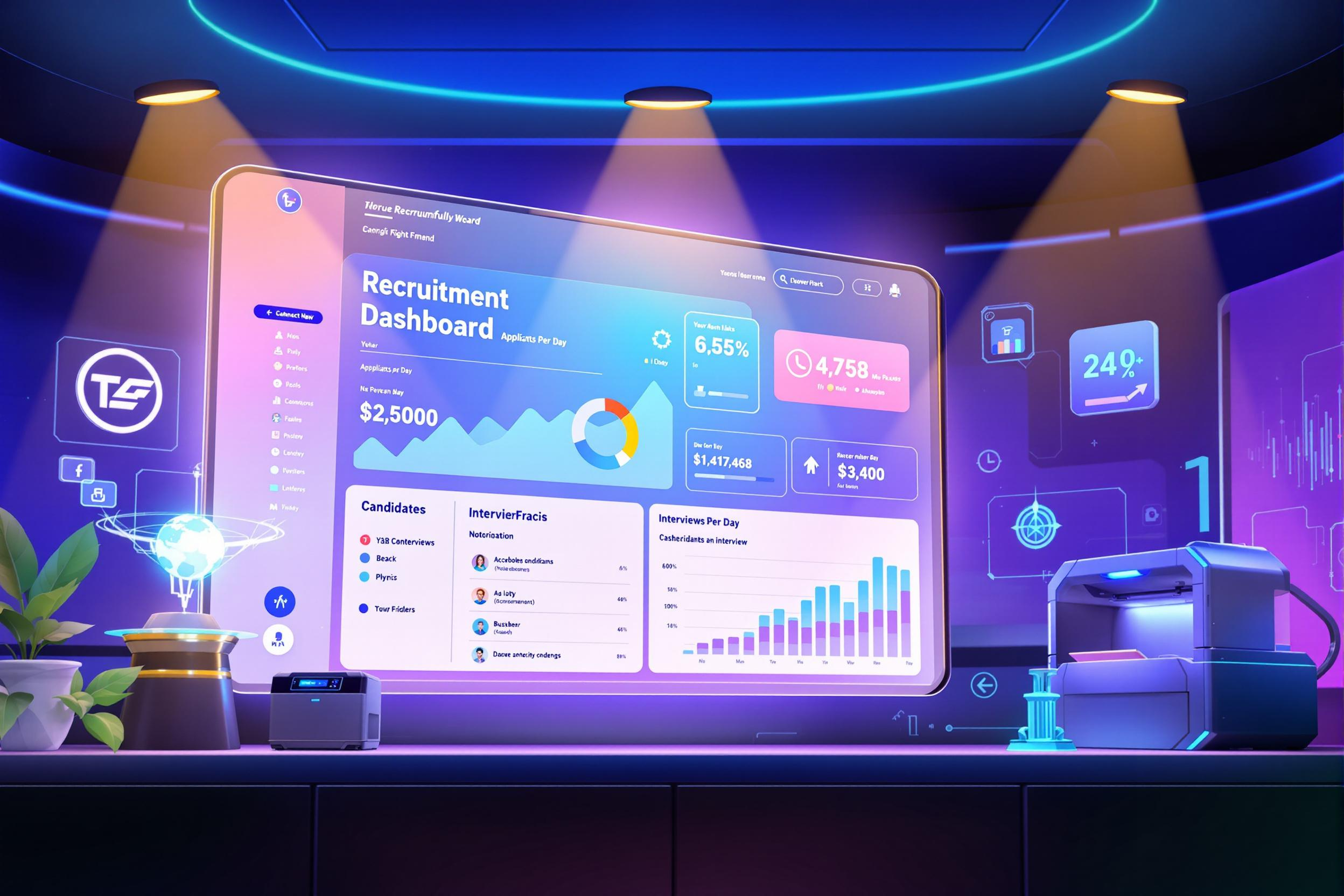
Resource Description Framework
The Resource Description Framework (RDF) is a standard way to organize and connect information on the internet, similar to how a library catalog organizes books. It helps create connections between different pieces of information, making it easier to find and use data across different websites and databases. Think of it as a universal filing system that helps computers understand how different pieces of information relate to each other. When you see this on a resume, it usually means the person has experience working with organizing large amounts of digital information in a way that makes it easily searchable and usable.
Examples in Resumes
Developed data integration solutions using RDF and Resource Description Framework standards
Created knowledge graphs and semantic web applications with Resource Description Framework
Improved data organization and search capabilities by implementing RDF technology
Typical job title: "Data Architects"
Also try searching for:
Where to Find Data Architects
Online Communities
Professional Networks
Example Interview Questions
Senior Level Questions
Q: How would you explain the benefits of RDF to business stakeholders?
Expected Answer: A strong answer should focus on business benefits like better data integration, improved search capabilities, and the ability to discover new relationships in data, using non-technical language and real-world examples.
Q: How have you used RDF to solve complex data integration challenges?
Expected Answer: Look for examples of projects where they connected different data sources, improved data quality, or created better ways to search and use information across systems.
Mid Level Questions
Q: What experience do you have with implementing RDF in real-world projects?
Expected Answer: Should be able to describe specific projects where they used RDF to organize information, including the challenges they faced and how they solved them.
Q: How do you ensure data quality when working with RDF?
Expected Answer: Should discuss methods for checking data accuracy, maintaining consistent information, and handling updates to connected data.
Junior Level Questions
Q: What is RDF and why is it useful?
Expected Answer: Should be able to explain in simple terms how RDF helps organize and connect information, similar to how a library catalog works.
Q: What tools have you used to work with RDF?
Expected Answer: Should be familiar with basic software and tools used to create and manage RDF data, even if experience is limited to learning or small projects.
Experience Level Indicators
Junior (0-2 years)
- Basic understanding of data organization
- Familiarity with basic RDF concepts
- Experience with simple data modeling
- Basic querying and data entry
Mid (2-5 years)
- Creating data models and schemas
- Integration of different data sources
- Building search and query systems
- Data quality management
Senior (5+ years)
- Complex data architecture design
- Large-scale data integration
- Project leadership
- Strategic data management planning
Red Flags to Watch For
- No understanding of basic data organization principles
- Lack of experience with any data management tools
- Unable to explain how different pieces of information relate to each other
- No experience with data quality control
Related Terms
Need more hiring wisdom? Check these out...

Refining Job Descriptions to Expand Applicant Pools: Casting a Wider Talent Net

Speak Their Language: How Localized Job Descriptions Unlock Regional Talent

Talent Acquisition Automation: Revolutionizing Recruitment

